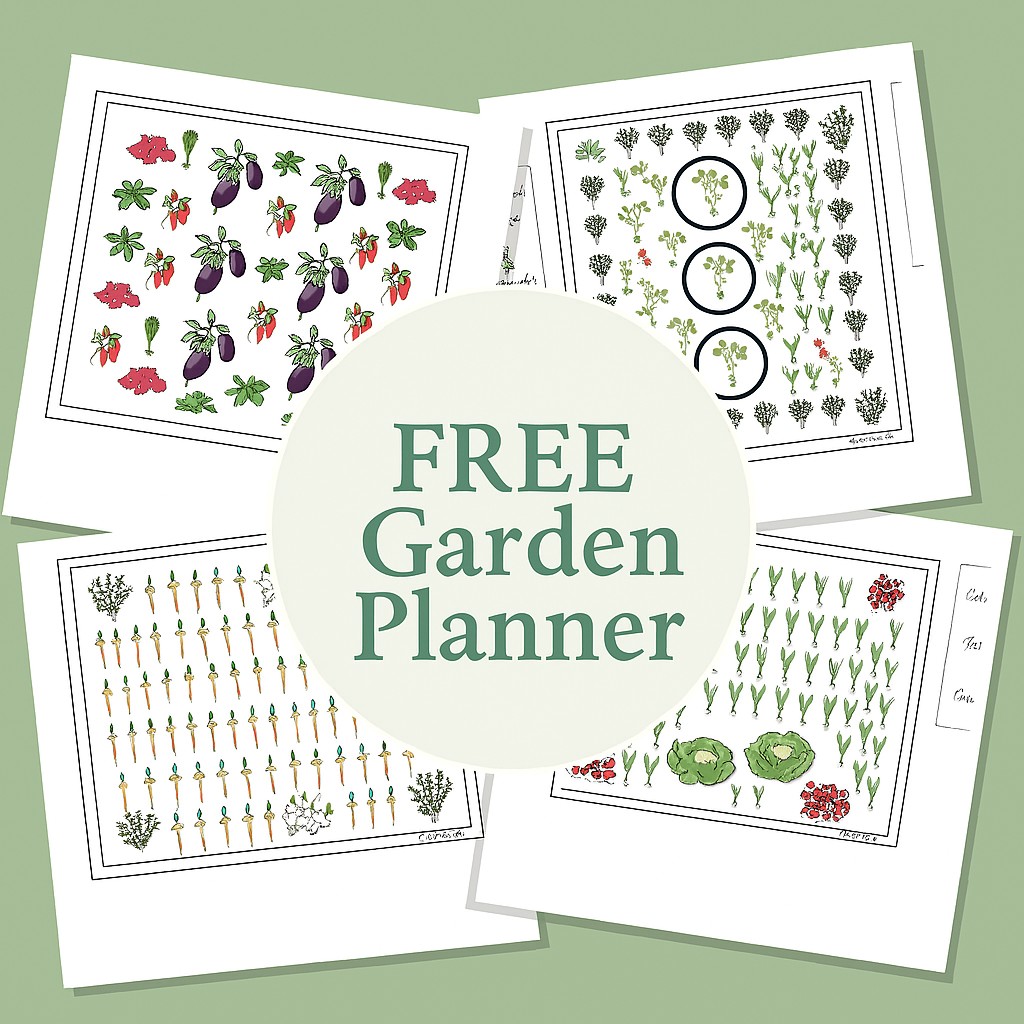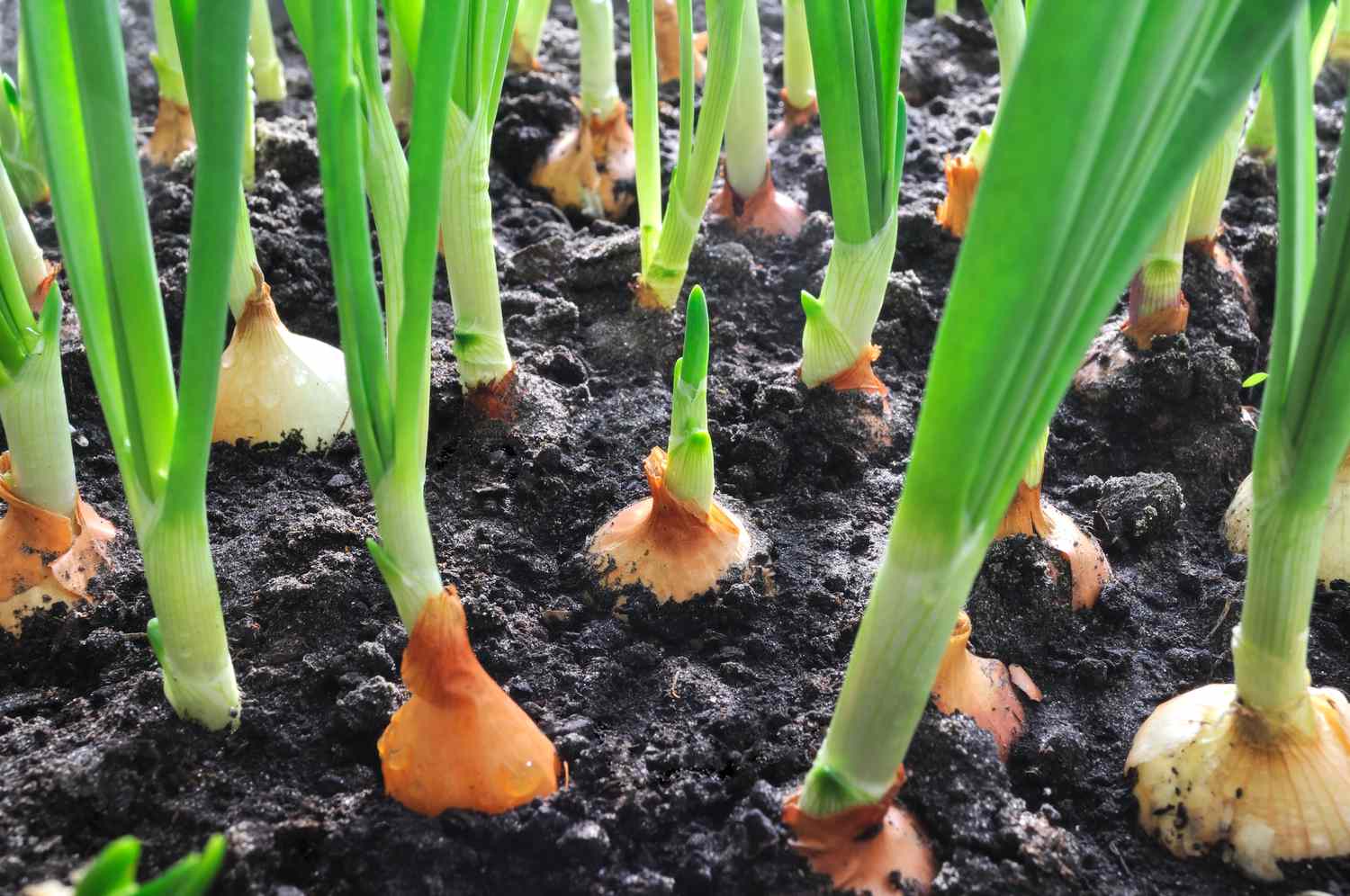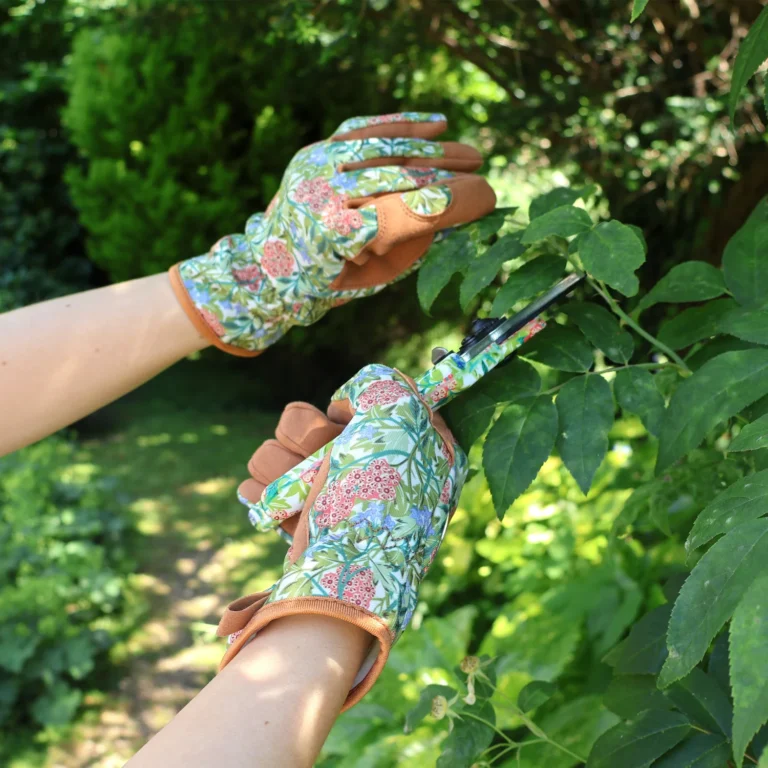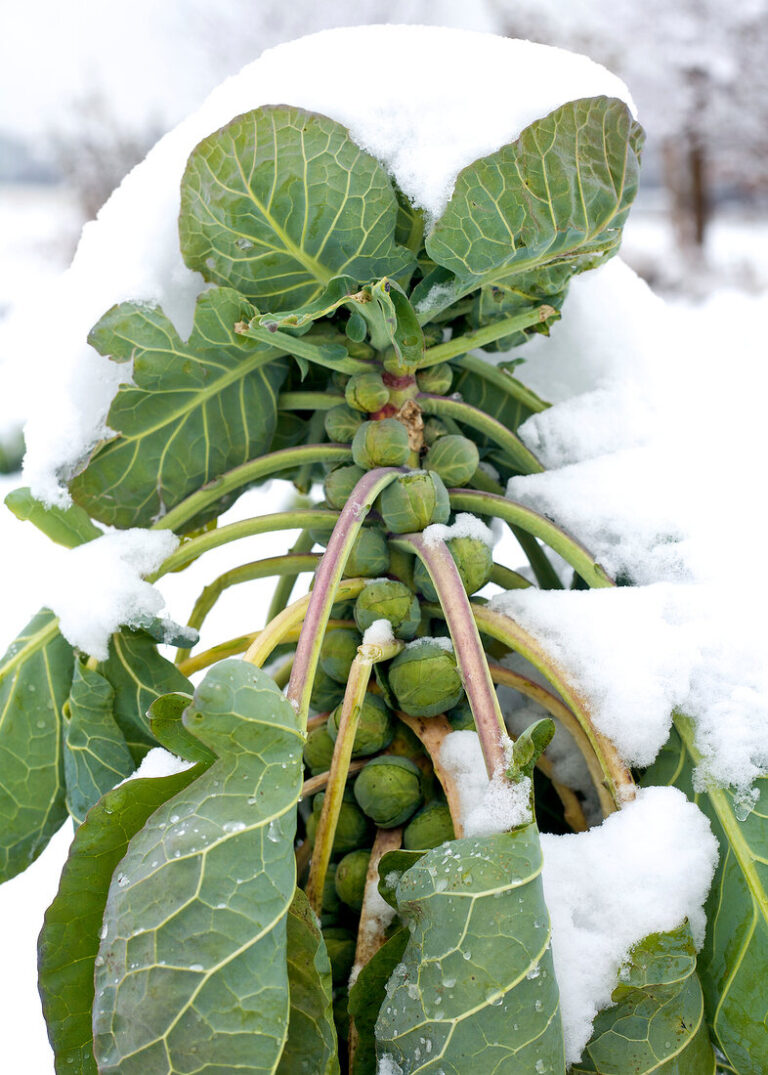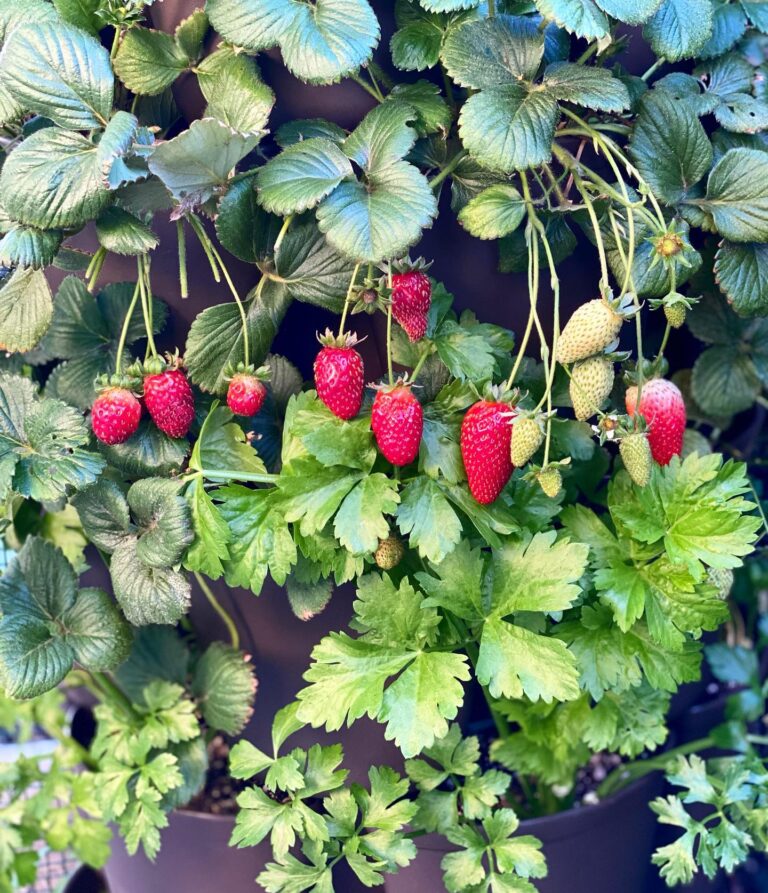How to Grow Onions: A Step-by-Step Guide
Have you ever wondered how to grow onions at home? I felt like my garden was missing something until I decided to plant onions. Onions are used in almost every type of cooking, so they are great to have in any garden.
Today, let’s go over the steps you need to grow tasty onions, whether you have a big garden or just a few pots on your patio.

Types of Onions
There are different types of onions, and knowing the varieties can help you pick the one that works best for your climate and taste.
- Long-day onions: These grow well in places with long summer days. They need about 14 to 16 hours of daylight to grow properly. Varieties like ‘Walla Walla’ or ‘Yellow Sweet Spanish’ are popular long-day onions.
- Short-day onions: These are great for places with mild winters. They need only 10 to 12 hours of daylight. They are often grown in southern areas, with types like ‘Texas Sweet’ and ‘Granex’.
- Day-neutral onions: These onions grow well in most places because they aren’t as picky about how much daylight they need. Try types like ‘Candy’ or ‘Red Amposta’ if you aren’t sure what will work for your area.
Getting Ready to Plant Onions
Picking the Right Spot
Onions need full sun and well-drained soil. Find a spot in your garden that gets at least 6-8 hours of sunlight every day. Onions can also grow in containers, as long as you give them enough space and sunlight.

Preparing the Soil
Onions like loose, fertile soil that is slightly acidic to neutral (pH 6.0-7.0). Start by loosening your soil to make sure there are no rocks or hard clumps. Mix in compost or old manure to add nutrients. Onions don’t need a lot of food, but they do better with good soil.
Planting Onions
Onions can be grown from seeds, transplants, or sets. Here’s how to start:

Growing from Seeds
- Start Indoors Early: If you are growing onions from seeds, start them indoors 10-12 weeks before the last frost.
- Transplanting: Once the seedlings are about 3 inches tall, you can move them to your garden.
Growing from Sets or Transplants
Using onion sets (small onion bulbs) or transplants is the easiest way to grow onions.
- Spacing: Plant sets or transplants 1-2 inches deep and 4-6 inches apart. Leave about 12 inches between rows to give the onions room to grow.
- Watering: Onions need steady moisture, especially when they are first growing. Water deeply but avoid making the soil too wet.
Taking Care of Onions
Fertilizing
Onions don’t need a lot of fertilizer, but they do benefit from extra nutrients. Use a nitrogen-rich fertilizer every 2-3 weeks until the bulbs start to swell. Once the bulbs are forming, switch to a balanced fertilizer.
Watering
Watering regularly is important for growing healthy onions. Water them once or twice a week, giving about 1 inch of water each time. Keep the soil moist but not too wet, and avoid overwatering to prevent rot.

Weeding
Weeds take away nutrients from your onions, so keep the onion bed free of weeds. Pull weeds by hand, but be careful—onions have shallow roots that can be easily disturbed.
Harvesting Onions

Onions are usually ready to harvest 90-120 days after planting. The best time to harvest is when the tops fall over and turn brown. Here’s how to do it:
- Stop Watering: Stop watering about two weeks before harvesting so the onions can dry out.
- Pulling Onions: Gently pull the onions out of the soil and lay them in a dry, sunny spot for a few days to cure.
- Storage: Once the skins are dry and papery, trim the tops to 1 inch and store the onions in a cool, dry, and well-ventilated place.
Common Onion Problems
Pests and Diseases
- Onion Maggots: These pests can hurt young plants. You can prevent them by rotating your crops each year.
- Fungal Diseases: Downy mildew and neck rot are common fungal problems. Make sure there is good airflow around the plants and avoid watering the leaves to keep moisture down.
Bolting
Bolting happens when onions grow a flower stalk too soon. This often happens when the plants are stressed, like when the temperature keeps changing. If an onion bolts, harvest it soon because it won’t store well.
Conclusion
Growing onions might seem tricky, but it’s actually pretty simple with a little planning. Whether you want to grow big bulbs or just some green onions, they are easy to add to any garden. Onions are fun to grow and will add that special homegrown flavor to your favorite dishes.
Have you tried growing onions before? Share your experience or ask questions in the comments below—let’s help each other grow better gardens!
